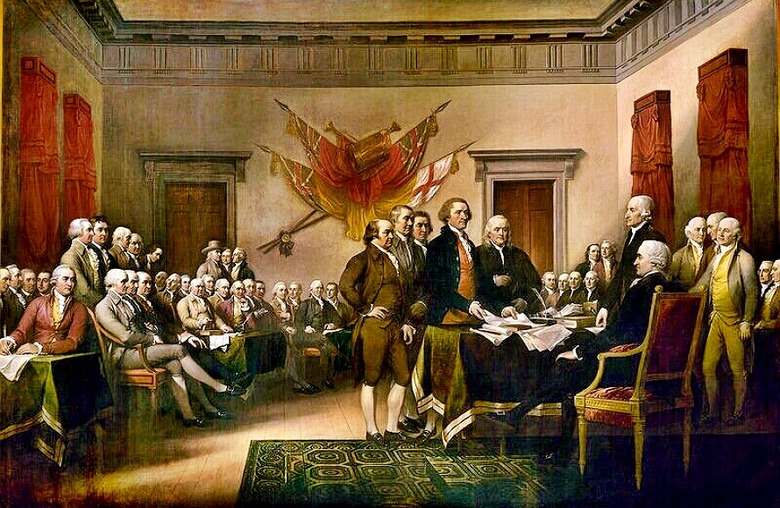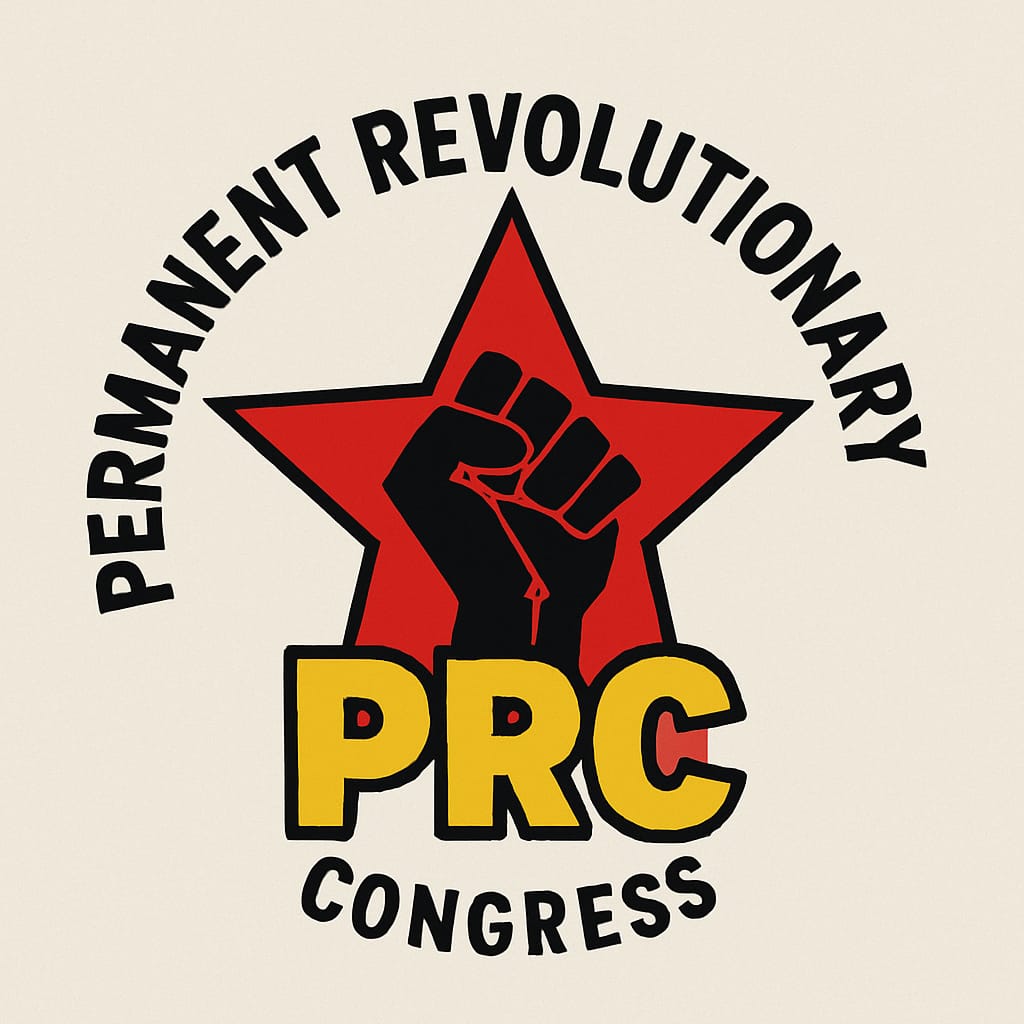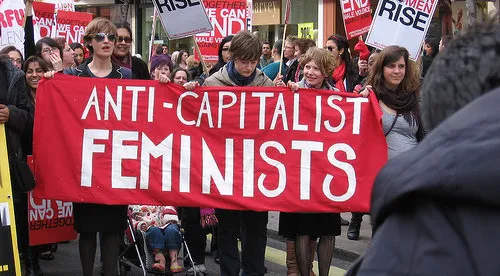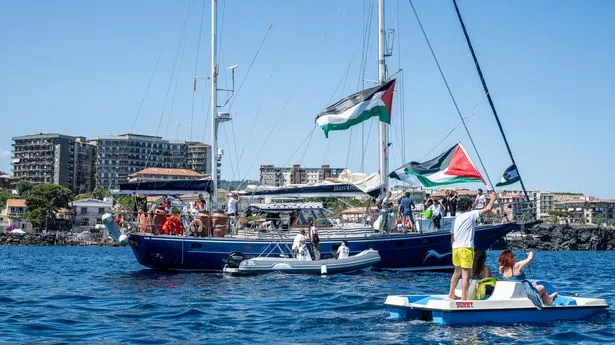The Revolutionary Role of Students and the Tasks of the Permanent Revolutionary Congress
The PRC calls upon all students Marxists, radicals, feminists, and socialists to join the fight for a new world. Not tomorrow, but today. The revolution is permanent, and it begins now in every campus, every street, and every factory across Kenya and Africa.

1. The Student Question in the Age of Capitalist Crisis
Kenyan students stand at the intersection of two crises: the decay of capitalism and the failure of the postcolonial state. Education, once seen as the ladder to mobility, has become a burden of debt and unemployment. The commercialization of universities, the collapse of HELB, and fee hikes have turned public learning institutions into capitalist enterprises. Graduates face joblessness, while the government’s neoliberal reforms align education with private profit and imperialist demands.
This situation is not unique to Kenya. Across Africa, students are facing the same capitalist assault. In South Africa, #FeesMustFall exposed the limits of bourgeois democracy. In Sudan and Egypt, student movements helped ignite revolutions. These struggles show that the student question is not separate from the crisis of capitalism it is a reflection of it. The classroom has become a battlefield of class struggle.
Trotskyists understand that in the epoch of imperialist decay, even the democratic right to education becomes impossible to sustain within capitalism. The fight for accessible, free, and quality education is inseparable from the fight to overthrow the capitalist system that exploits youth and workers alike.
2. The Historical Role of Students in Revolutionary Movements
The student movement has always been a moral and political barometer of society. When oppression deepens, students are often the first to resist. In Kenya, the history of student resistance is rich and revolutionary.
In the 1970s and 1980s, the University of Nairobi and Kenyatta University became centers of anti-dictatorship agitation. The Student Organization of Nairobi University (SONU) mobilized against repression under Jomo Kenyatta and Moi. Students like Titus Adungosi, Wahome Mutahi, and others were imprisoned for their role in challenging the one-party state. The slogans of that era “Education for Liberation” and “No Education without Representation” captured the radical spirit of the time.
In the 1990s, student protests helped push for the return of multiparty democracy. Later, as neoliberalism took hold, the student movement shifted to confront issues of privatization, unemployment, and debt. By the 2010s, digital platforms gave students new organizing tools, though often without political clarity or revolutionary direction.
Today, the Permanent Revolutionary Congress must revive that revolutionary student tradition linking the intellectual courage of past generations with Marxist theory and the struggles of today’s working class.
3. The Theory of Permanent Revolution and the Student Struggle
Trotsky’s theory of permanent revolution explains that in countries like Kenya—where capitalism developed under colonialism and imperialism—no section of the national bourgeoisie can fulfill the democratic or social tasks of liberation. Only the working class, leading the peasantry and youth, can do so through socialist revolution.
For students, this theory means understanding that their struggle for academic freedom, free education, and jobs cannot be isolated from the general class struggle. They must reject reformism and liberal illusions that promise piecemeal change. The permanent revolution is not a slogan but a strategy: each fight against corruption, austerity, or dictatorship must connect to the larger task of overthrowing capitalist rule.
In Kenya, student resistance to fee increases or police brutality must consciously aim to build unity with workers and poor youth. When students fight the system, they confront the same enemy that exploits the matatu driver, the digital platform worker, and the farmer robbed by imperialist trade policies. The PRC’s role is to transform student energy into revolutionary organization grounded in the working-class movement.
4. Building Revolutionary Cells in Universities and Colleges
The PRC must establish a structured revolutionary presence across campuses. These cells will be the nuclei of political education, agitation, and organization. Each cell should:
Conduct study circles on Marxism, Leninism, and Trotskyism.
Intervene in all campus struggles against corruption, fees, evictions, and gender-based violence.
Link campus activism with workers’ strikes and community resistance.
Develop political media pamphlets, podcasts, digital content, and newsletters.
Recruit the most militant and conscious students into the PRC.
Such cells must remain independent from bourgeois student unions, which often act as career ladders for future politicians. Revolutionaries should participate in these unions tactically using them to reach the masses, expose reformists, and organize politically conscious campaigns.
These structures must also cultivate women and youth leadership, ensuring revolutionary feminism becomes a central part of student organizing. Patriarchy, like capitalism, must be confronted at every level.
5. From Campus to Class Struggle
The isolation of students from the working class has historically been the weakness of student movements. Trotsky emphasized that the revolutionary potential of the youth can only be realized when fused with the labor movement.
The PRC must bridge that divide. Student militants should join workers’ picket lines, support community struggles, and participate in national protests. During the 2025 digital taxi drivers’ strike, students could have played a decisive solidarity role by amplifying the workers’ demands and mobilizing campus communities. Such actions transform campuses into bases of revolutionary agitation rather than ivory towers of apathy.
Revolutionary students should also challenge the ideological control of education. They must fight for curricula that serve the people, not corporations; for science and technology directed toward human need, not profit. They must lead campaigns for the democratization of universities under the control of students, academic workers, and the community.
6. The African and International Dimension
Revolution cannot be confined to national borders. Kenyan students’ struggle is tied to the broader fight of youth and workers across Africa. From #FeesMustFall in South Africa to student uprisings in Sudan, Senegal, and Nigeria, the continent’s youth are rising against corruption, dictatorship, and poverty. These struggles express the same underlying contradiction: the failure of African capitalism to deliver even the basic promises of independence.
The PRC must educate its members that socialism cannot triumph in isolation. Trotsky’s internationalism remains the only real answer to imperialism. The Kenyan revolution must consciously link up with movements across Africa and the world to form a united front against capitalist exploitation.
The PRC reaffirms its commitment to the values and strategy of the International Socialist League (ISL). We share its goal of rebuilding a revolutionary International that coordinates the struggles of workers, youth, and oppressed peoples globally. Our solidarity with Palestine is part of that commitment. We stand against Zionism, imperialism, and all forms of colonial domination.
Kenyan students must be educated to see themselves as part of this international movement—fighting not just for national liberation, but for world socialism. The PRC should facilitate joint campaigns, publications, and exchanges with revolutionary student organizations linked to the ISL.
7. The Immediate Tasks of the PRC Student Front
The PRC must now take decisive organizational steps to consolidate student revolutionary work:
Form a National Student Coordinating Committee to unify campus cells.
Hold a Socialist Student Congress annually for political education and planning.
Launch a student publication The Revolutionary Student as a voice for Marxist ideas and struggles.
Develop a Marxist Education Curriculum to train cadres systematically.
Establish a Student-Worker Solidarity Network to coordinate joint campaigns on wages, education, and living conditions.
Intervene in national politics with a clear revolutionary voice in elections and mass mobilizations.
The PRC must also fight the growing influence of right-wing, religious, and neoliberal ideologies among students. Only a clear Marxist program can counter the demoralization and individualism imposed by capitalist culture.
8. The Student Vanguard and the Future of Revolution
Students are not the vanguard by social position, but by consciousness. Their task is to serve as the bridge between revolutionary theory and mass action. In moments of crisis, they can ignite the broader movement. But only if guided by a disciplined revolutionary organization that unites them with the working class.
The PRC must therefore train its student cadres to become professional revolutionaries capable of leading strikes, coordinating propaganda, and applying Marxist theory to Kenyan and African realities. The goal is not simply to protest, but to prepare the youth for power.
Kenyan capitalism is in decay. Unemployment, inflation, and debt are eroding every illusion. The youth see no future within the system. Out of this despair must rise a new revolutionary generation one that rejects compromise, embraces internationalism, and commits itself to permanent revolution.
Conclusion: The Road Ahead
Students represent the living energy of revolution. Their courage, creativity, and impatience with injustice are indispensable to the socialist struggle. But energy without theory leads to reformism; theory without organization leads to paralysis. The Permanent Revolutionary Congress exists to unify these elements into a conscious force for change.
Trotsky wrote that “the revolution is permanent because its tasks cannot be confined to one stage or one country.” The Kenyan student movement must embrace this truth. Its struggle for education, democracy, and dignity must continue until the working class takes power and begins the socialist reconstruction of society.
The PRC calls upon all students Marxists, radicals, feminists, and socialists to join the fight for a new world. Not tomorrow, but today. The revolution is permanent, and it begins now in every campus, every street, and every factory across Kenya and Africa.
Share this article
Help others discover this content
Share on your favorite platform and help spread the word!



